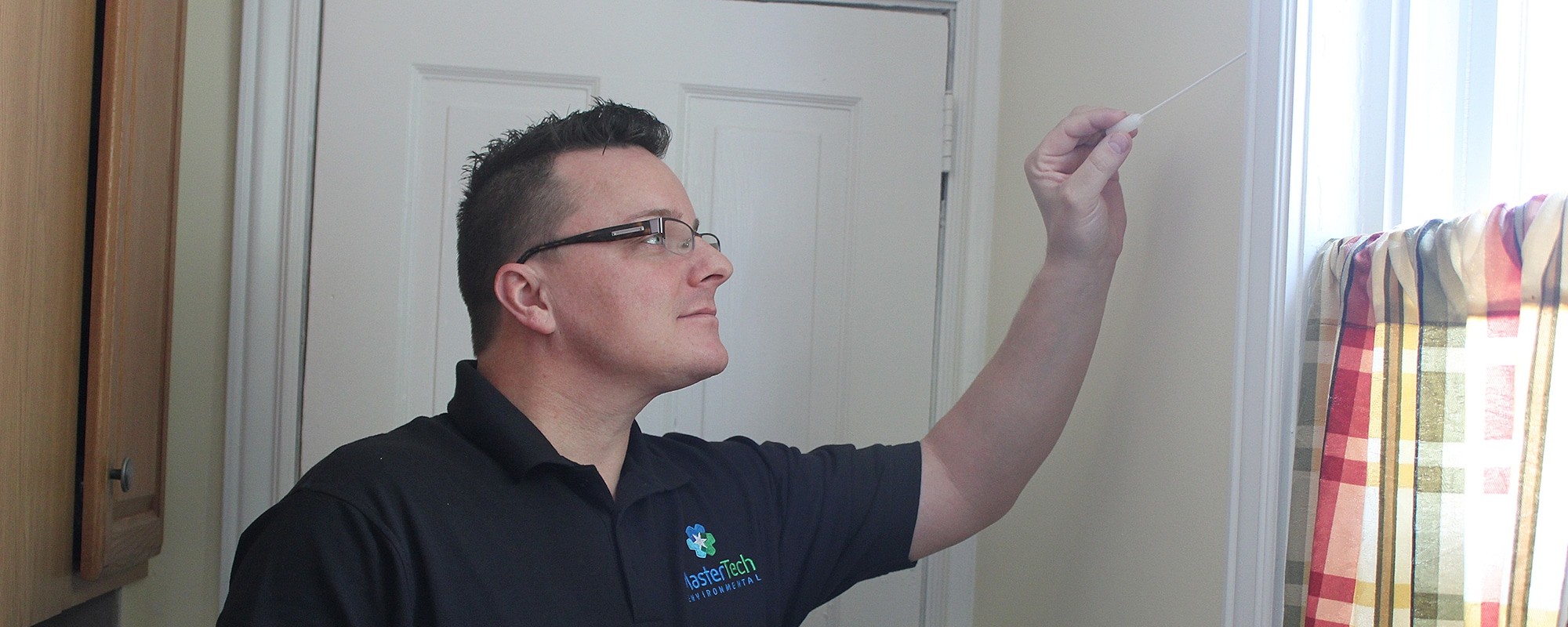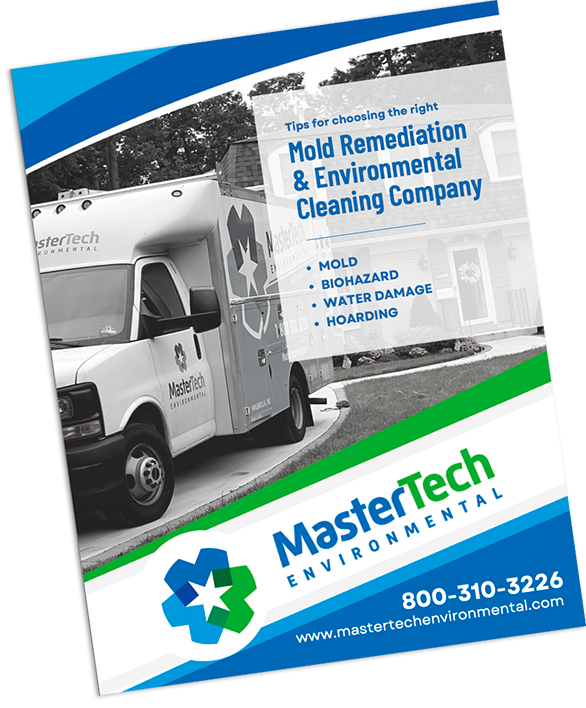 When it comes to their home’s safety, it’s critical for homeowners in South Jersey to remain attentive. If you suspect mold in your house, you’re probably considering getting it tested before proceeding with mold remediation. Mold testing and inspection services may help you figure out where the mold is and how bad it is before you start cleaning and removing it. Mold testing is used by mold inspection professionals in South Jersey to underline the need for expert mold services and to provide a full outline of what to expect if you decide to hire them. Let’s take a deeper look at the process of expert mold testing:
When it comes to their home’s safety, it’s critical for homeowners in South Jersey to remain attentive. If you suspect mold in your house, you’re probably considering getting it tested before proceeding with mold remediation. Mold testing and inspection services may help you figure out where the mold is and how bad it is before you start cleaning and removing it. Mold testing is used by mold inspection professionals in South Jersey to underline the need for expert mold services and to provide a full outline of what to expect if you decide to hire them. Let’s take a deeper look at the process of expert mold testing:
Mold Testing Procedures
Visual Walkthrough Of The Home: When mold inspection & testing specialists enter your house, the first thing they’ll do is take a quick look around to check whether there’s a chance of mold growing. They’ll be on the search for spots where it tends to grow as soon as they come in. These areas might include cold and damp conditions, particularly in dark and potentially neglected regions of the home. A quick yet thorough walkthrough of the space allows your South Jersey mold inspector to determine which areas of your home are more likely to be contaminated with mold than others.
Digital Documentation: This is a crucial stage in the mold inspection & testing process since they will be able to rapidly jot down whatever they observe so as to ensure that they do not forget anything. This will also be beneficial since your inspector will be able to photograph any locations that are potentially problematic so that they know precisely where to go once they start working.
Thermal Imaging: When you see anything linked to thermal imaging, it typically has to do with temperature. Using thermal imaging (infrared) cameras, mold testing professionals will be able to discover things that you would not be able to notice on your own, which is quite beneficial. Thermal imaging determines areas that are colder than others, which is a good indicator of where moisture may be hiding. They can tell the difference between moist and dry construction materials. As previously said, mold thrives in moist situations, therefore this is an excellent tool for testing.
Moisture Mapping: This stage is quite similar to the previous one. It looks for damp regions that might become susceptible to mold growth, or even areas that have already fallen victim to fungal development. It also aids specialists in locating any moisture areas to determine if the water damage has been remedied or whether more work is required to stop the leaking water.
Testing for Airborne and Surface Mold: Professionals will not only search for damp places or areas with visible mold development, but they will also be taking air samples and surface swabs throughout the home to check that mold is not growing in other areas of your house. These airborne & surface mold tests will allow our inspectors not only to see whether or not mold is present, but the level of contamination & the species of mold present as well.
Summary Of Work And Verification Testing: This stage of the inspection is extremely important for homeowners in South Jersey. When specialists enter your house, they will keep meticulous records of everything they perform. They’ll also write a summary of their work and then double-check it to make sure the task was done properly and effectively.
Mold Testing in South Jersey by Professionals
South Jersey residents should be aware of the indicators of mold in their houses so that they can determine when mold testing is required. Keeping an eye on mold problems and getting your house tested can help prevent a mold problem from becoming worse and more expensive to fix. Make sure to contact a local experienced mold inspection and remediation company in your South Jersey area for all of your mold testing and cleanup requirements.


